"The more accurate the map, the more it resembles the territory. The most accurate map possible would be the territory, and thus would be perfectly accurate and perfectly useless."
Neil Gaiman, American Gods
Primeiras Civilizações
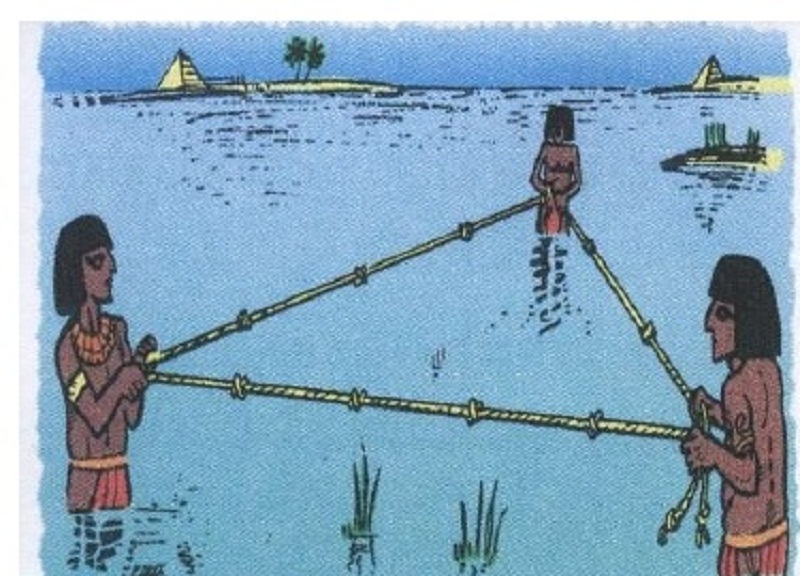 https://www.satpalda.com/uploads/images/EST_3.jpg
https://www.satpalda.com/uploads/images/EST_3.jpg
Modelos geométricos tradicionais
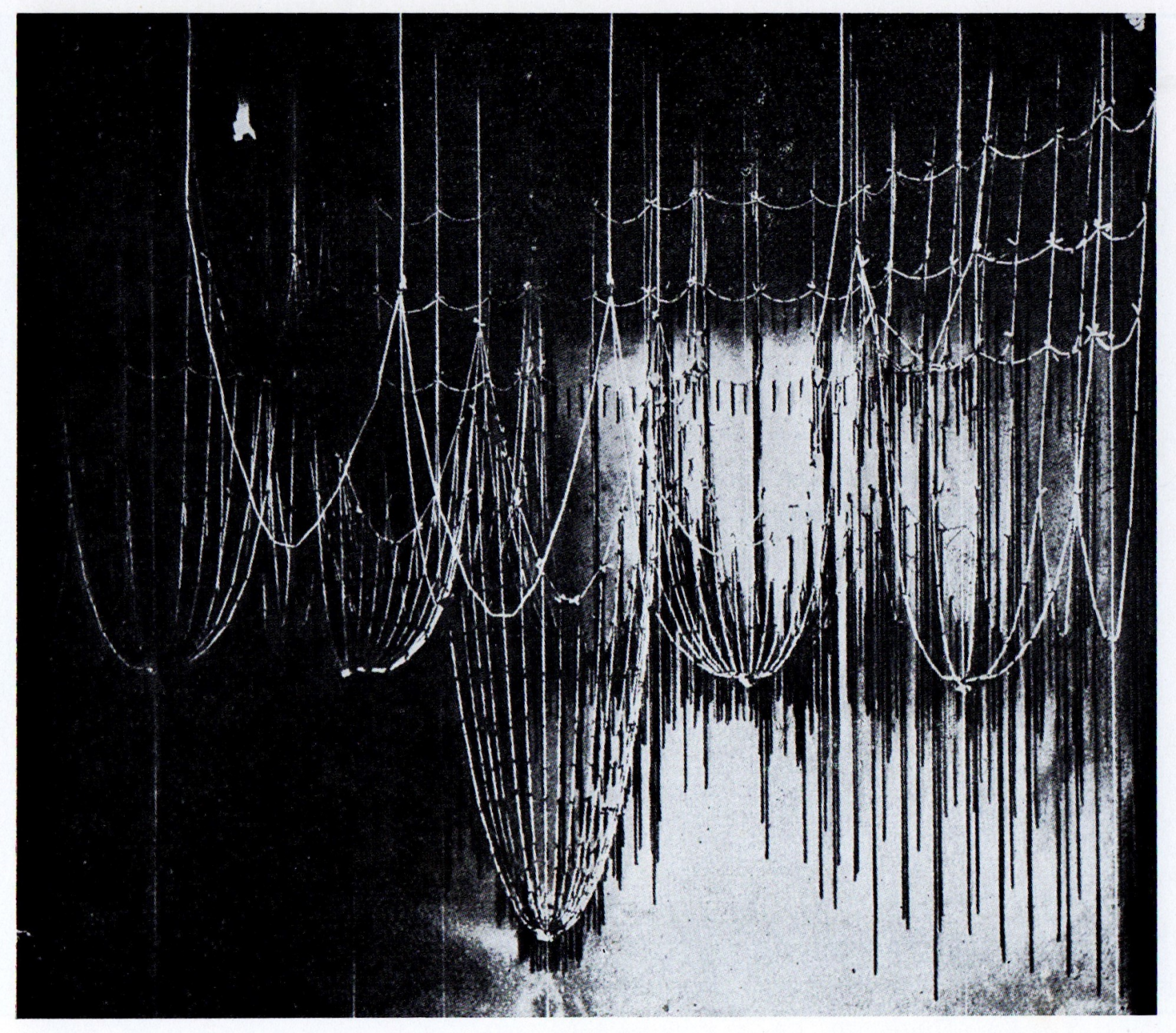
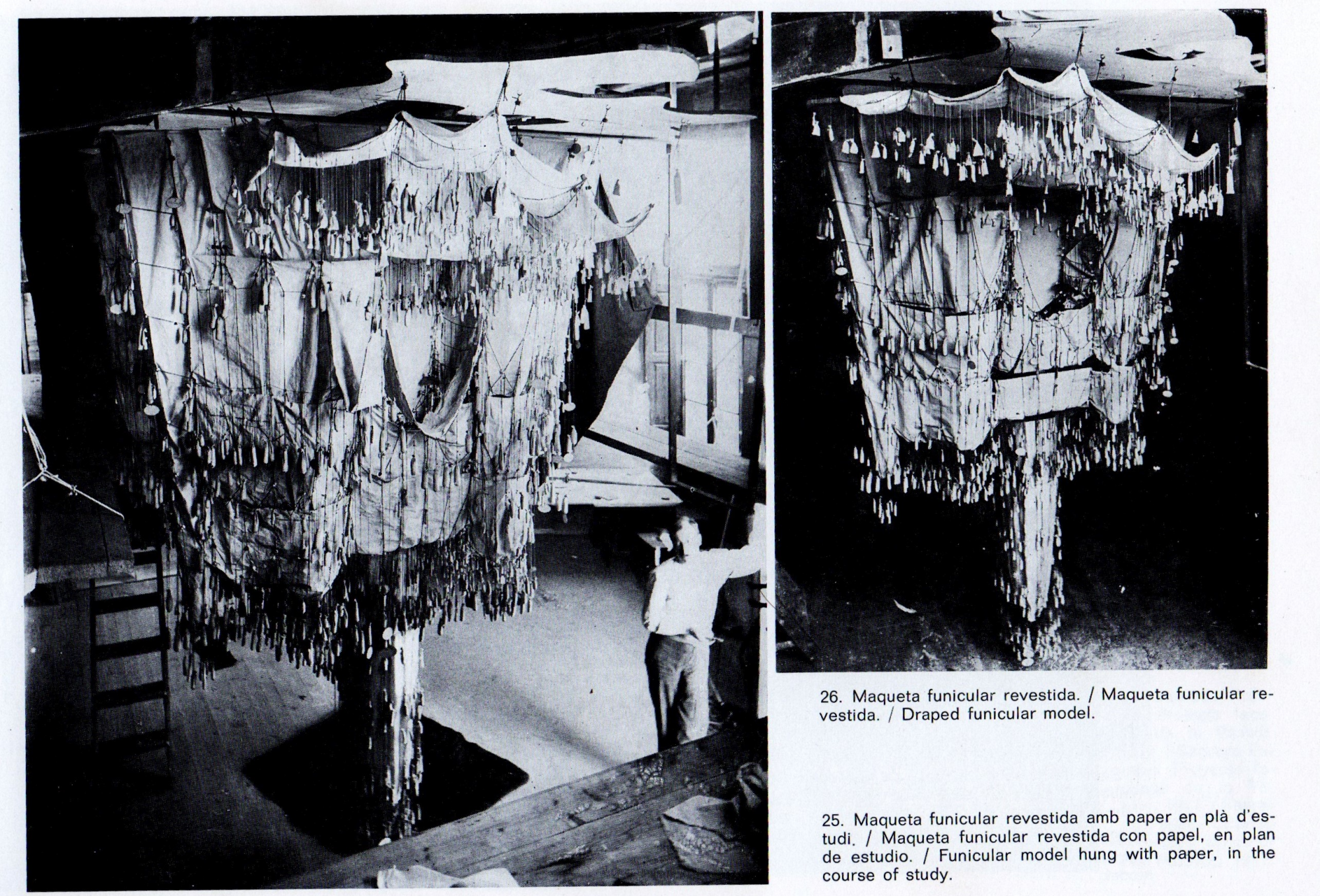
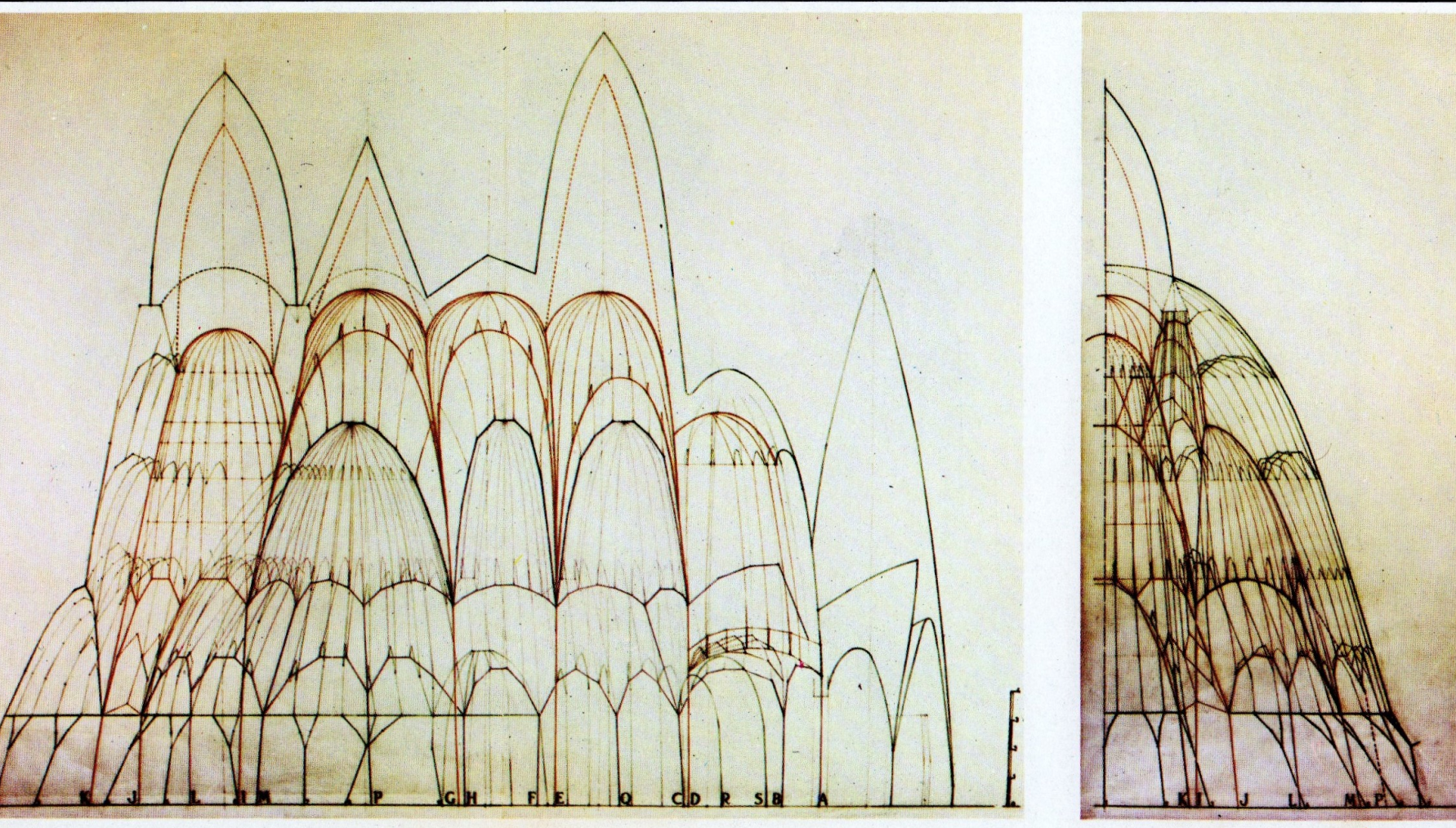
FONTE: PUIG-BOADA, I.; ARIBAU, A. L’eglesia de la colonia Güell. Barcelona: Lumen, 1976.
Precursores da computação:
O Ábaco

Precursores da computação

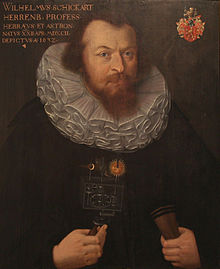

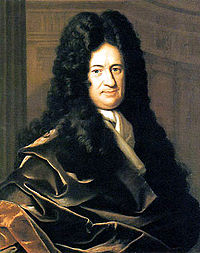
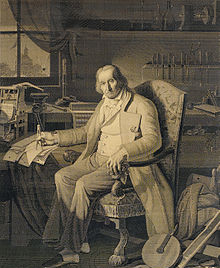
Primeiro Computador programável

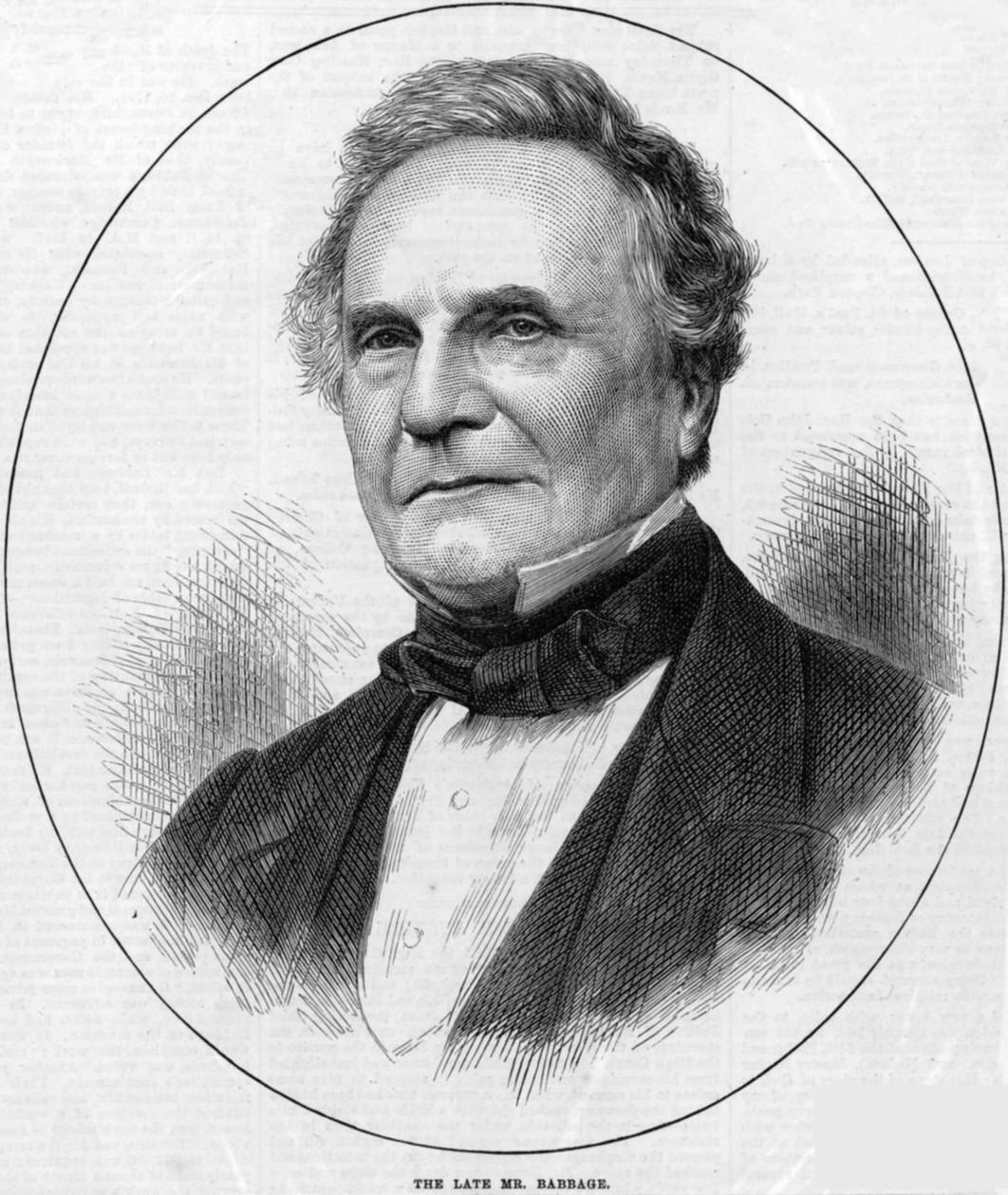
Primeiros computadores


Bombe (Alan Turing - 1939)

(Alan Turing - 1943)
Primeiros computadores

Konrad Zuse
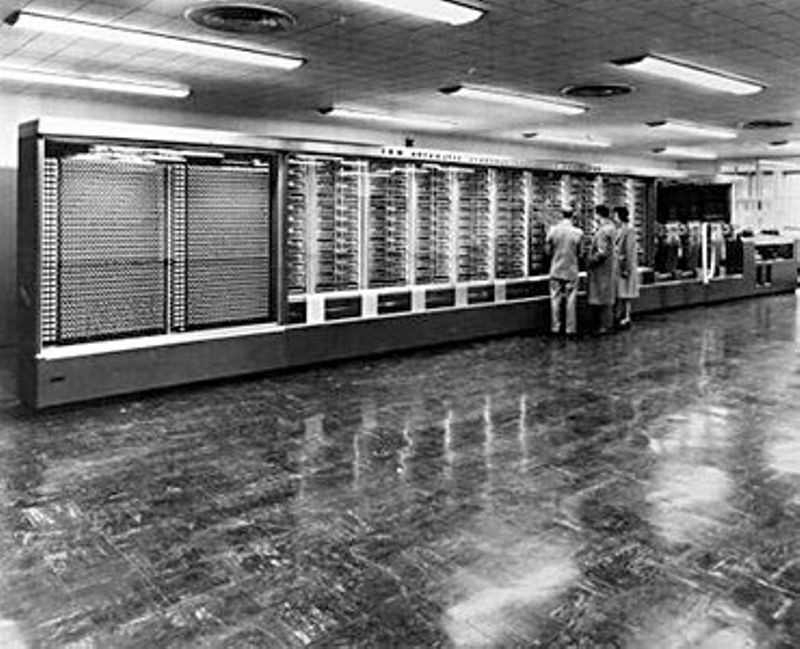

Primeiras Linguagens de Programação
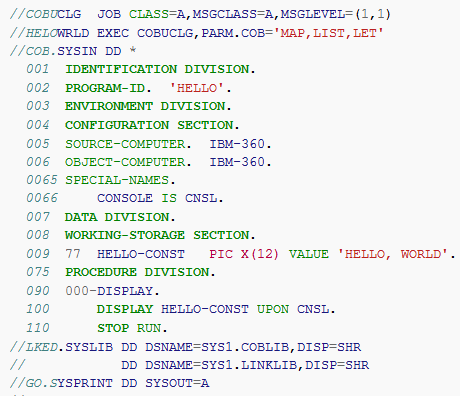

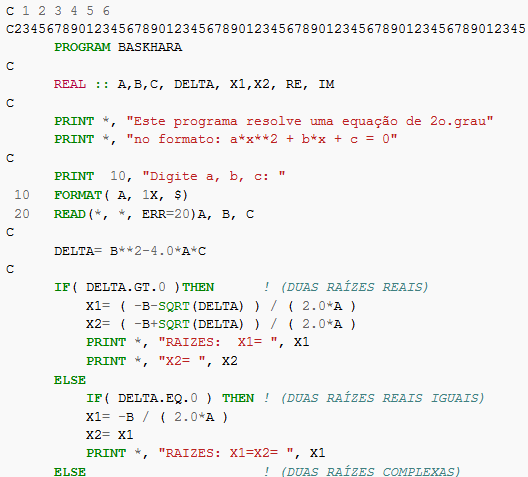
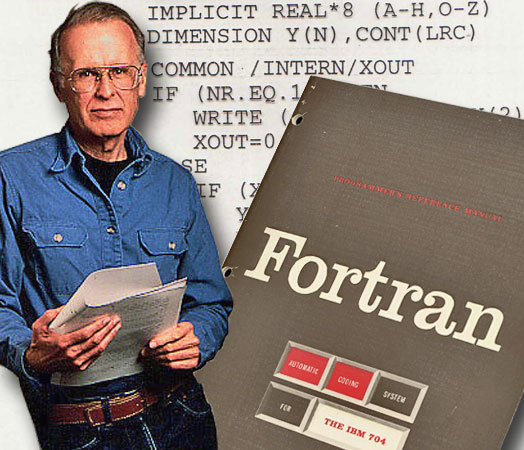

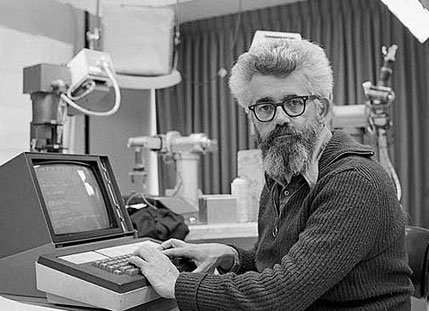


Precursores da Computação Gráfica 3D

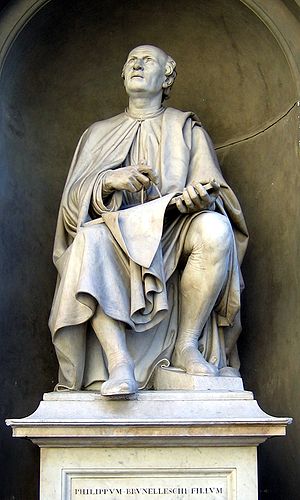


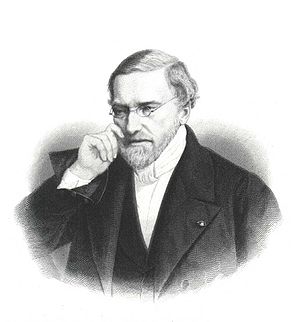
Computação gráfica e CAD
Padrões de Turing - 1952
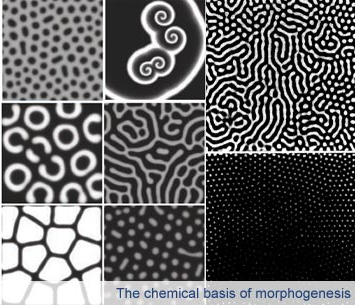
Ivan Sutherland - Sketchpad - protótipo de CAD 1962


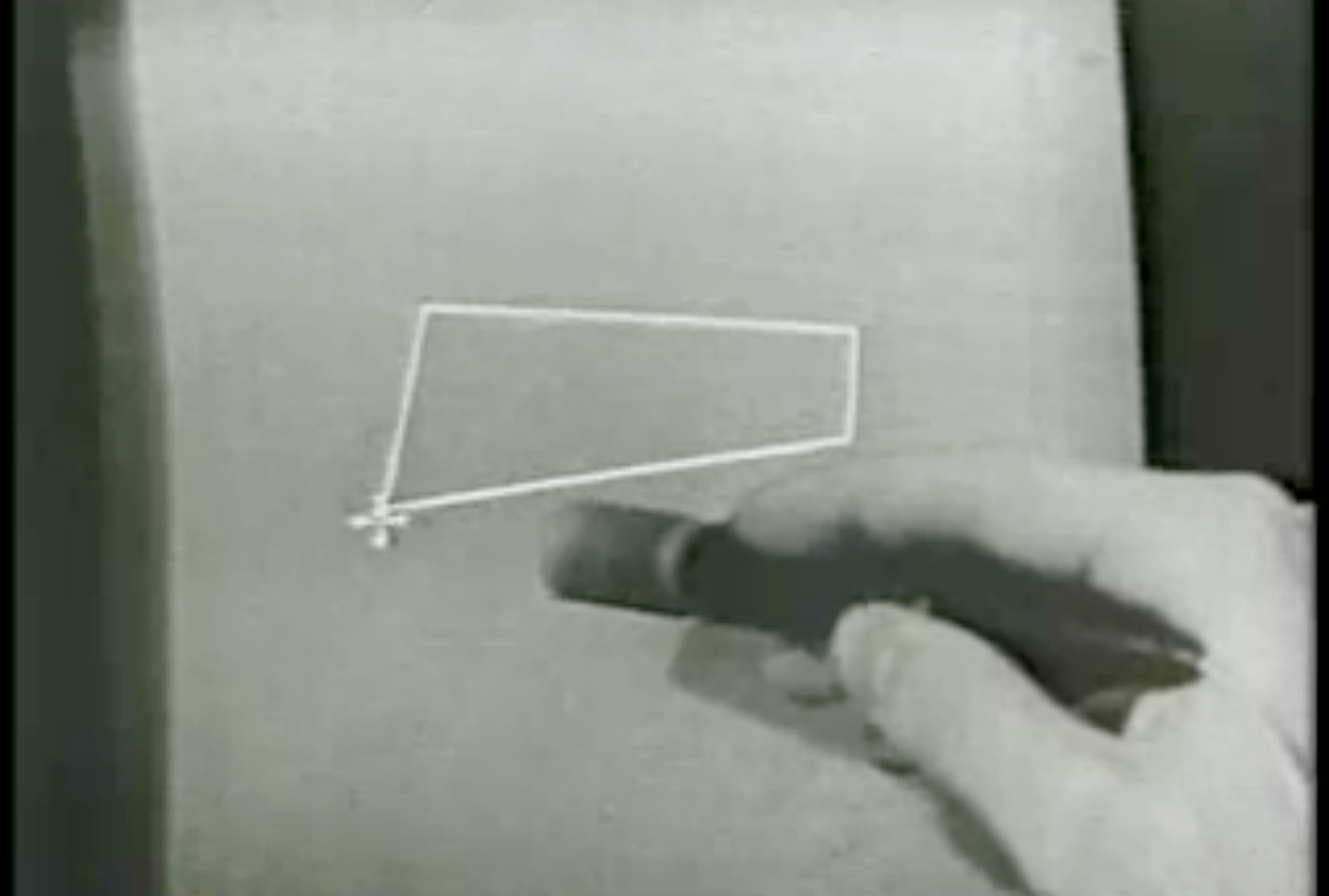

Eastman, C. M., Fisher, D., Lafue, G., Lividini, J., Stoker, D., and Yessios, C. (1974). An Outline of the Building Description System. Research Report
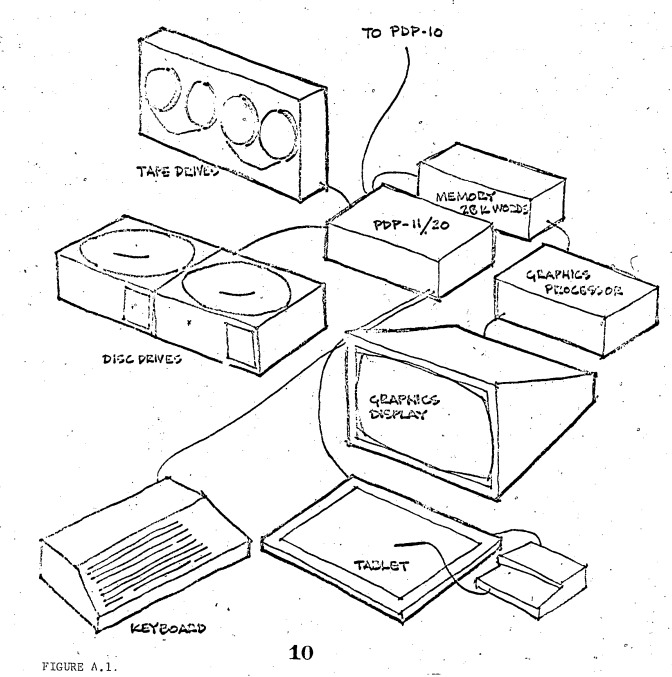
https://eric.ed.gov/?id=ED113833
Algoritmos Generativos / Modelagem Paramétrica
Stiny, Mitchell 1978 The Paladian Grammar
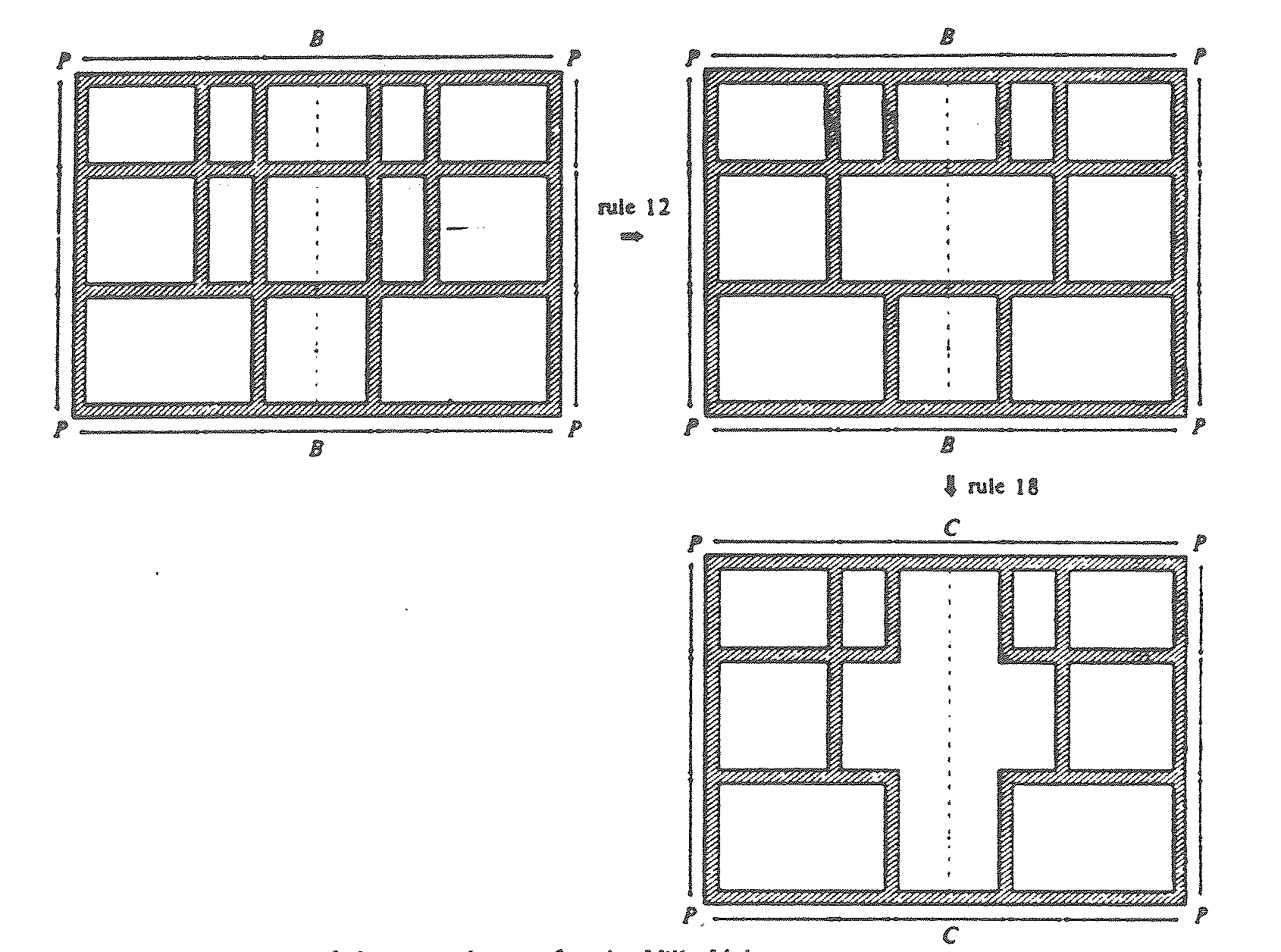
Computação Gráfica no Cinema
Tron 1982



Autocad (1982)
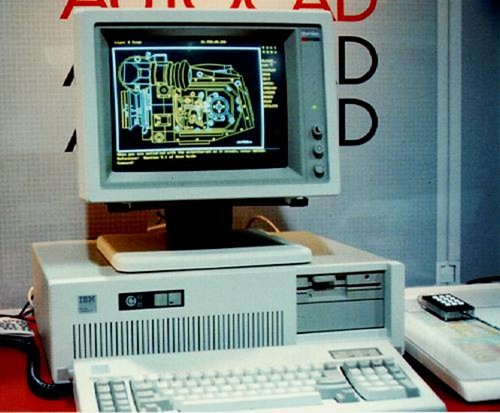
Autocad 2.19 (1984) em ação
Classificação dos programas de projeto - CAD
Computação Gráfica - Tipos de Arquivos: Raster x Vector

Computação Gráfica - Tipos de Arquivos vector: Mesh x Nurbs
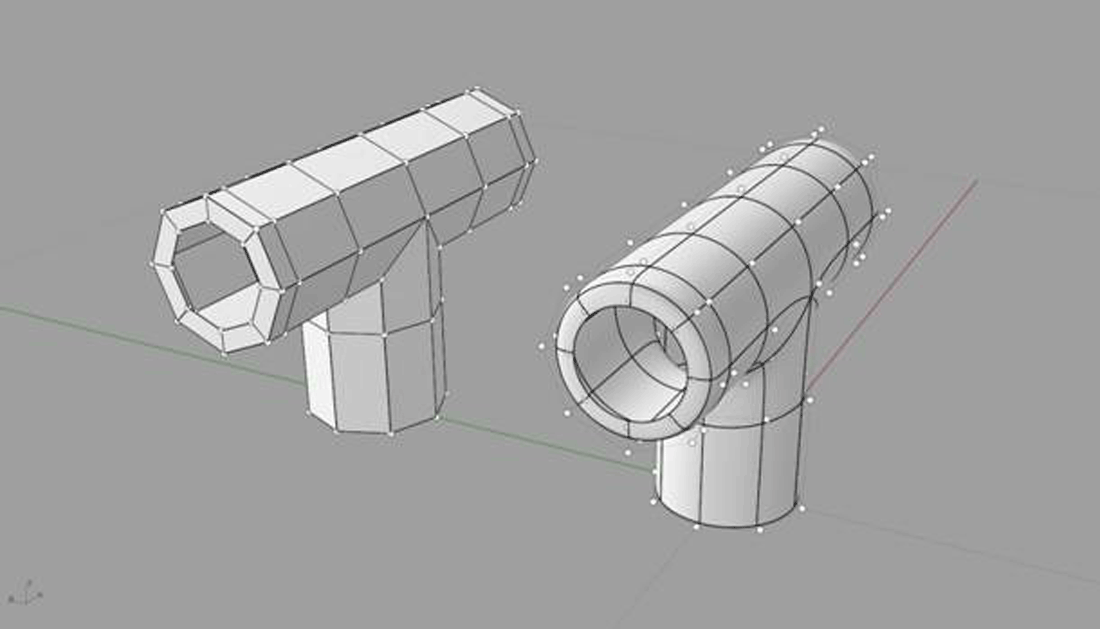
GUARDIOLA HOUSE - Peter Eisenman(1988)
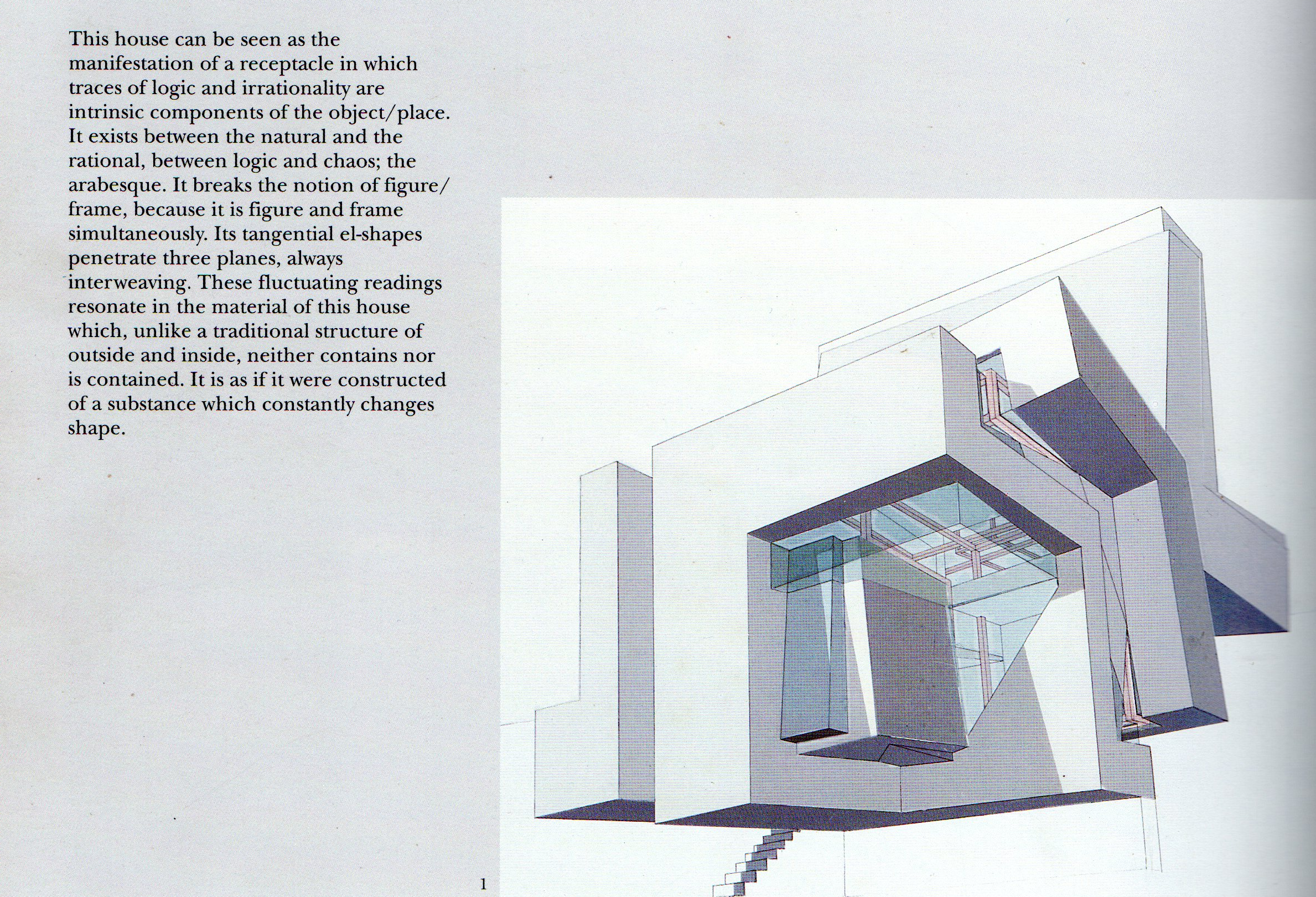
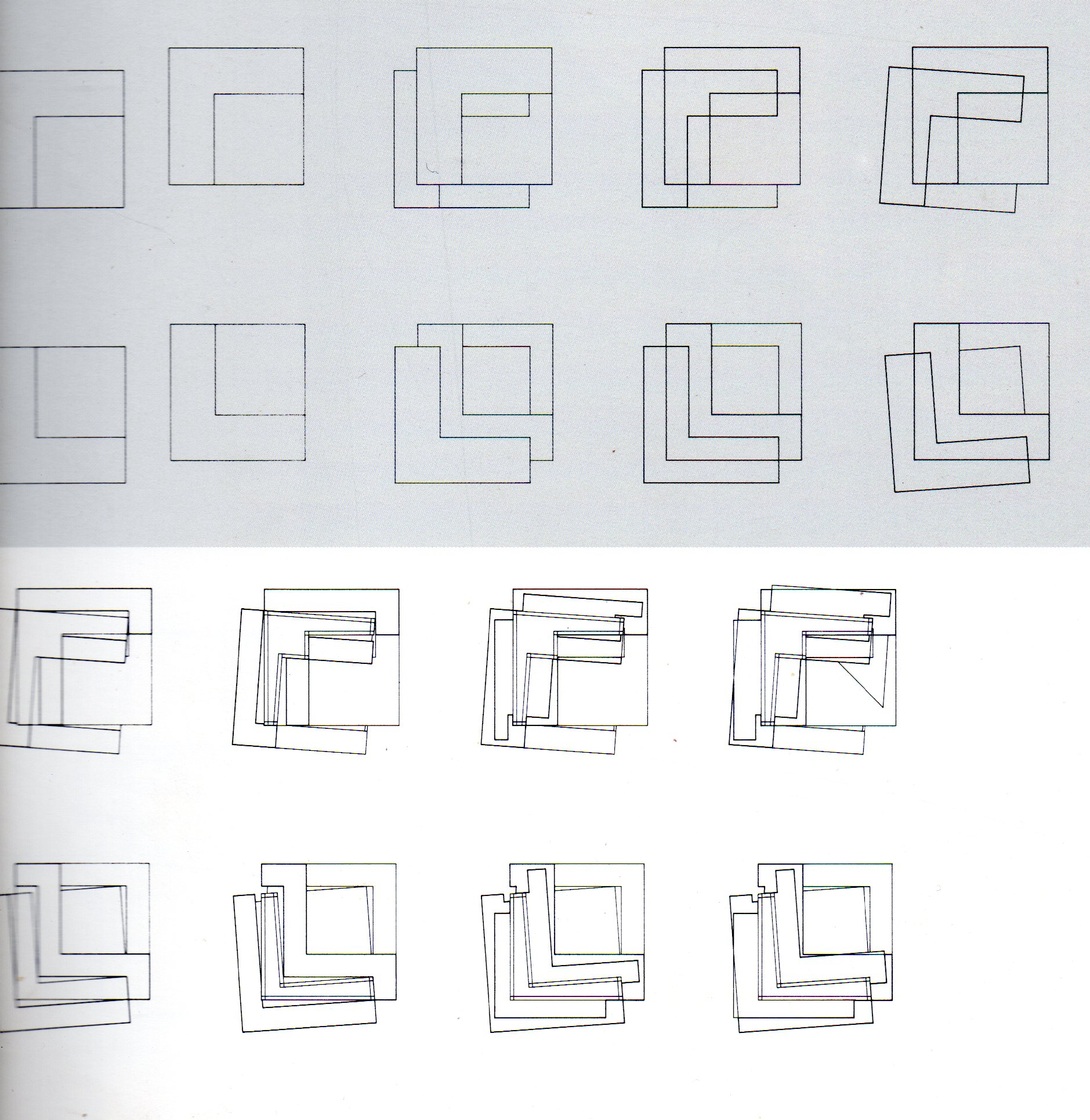
Frank Gehry e Rick Smith - 1991
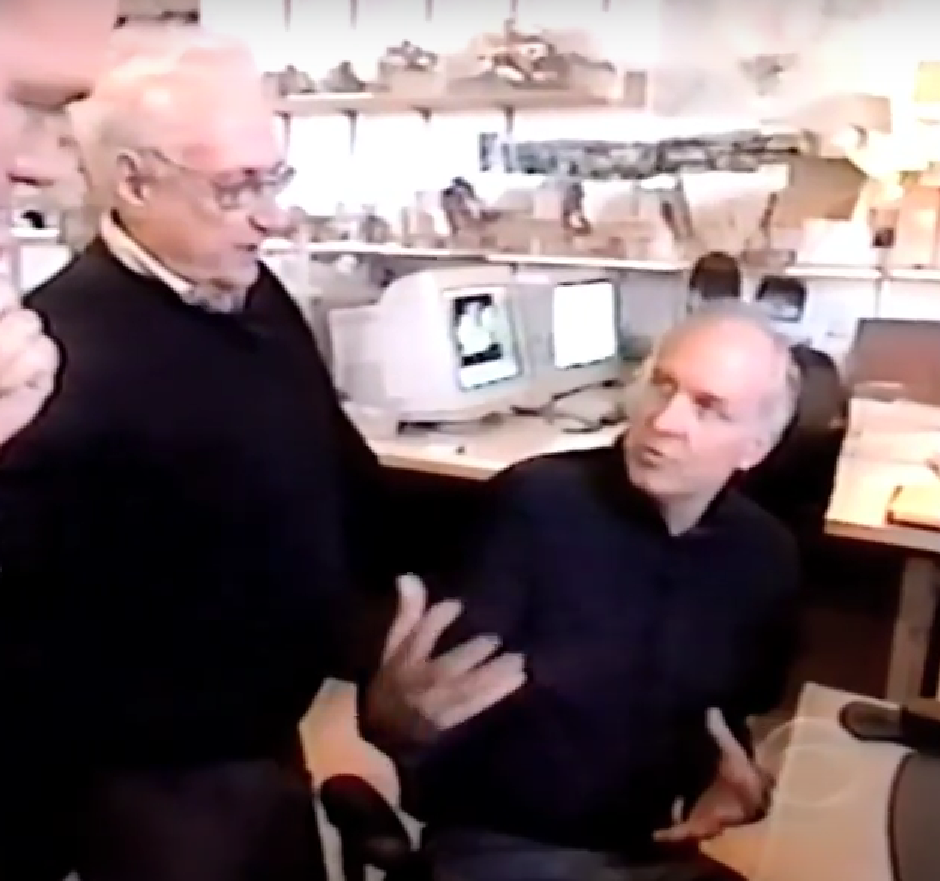
Rick Smith Receives Collaborative Achievement Award
Rick Smith Joins Frank Gehry – 1991
BIM
Modelos Geométricos Digitais
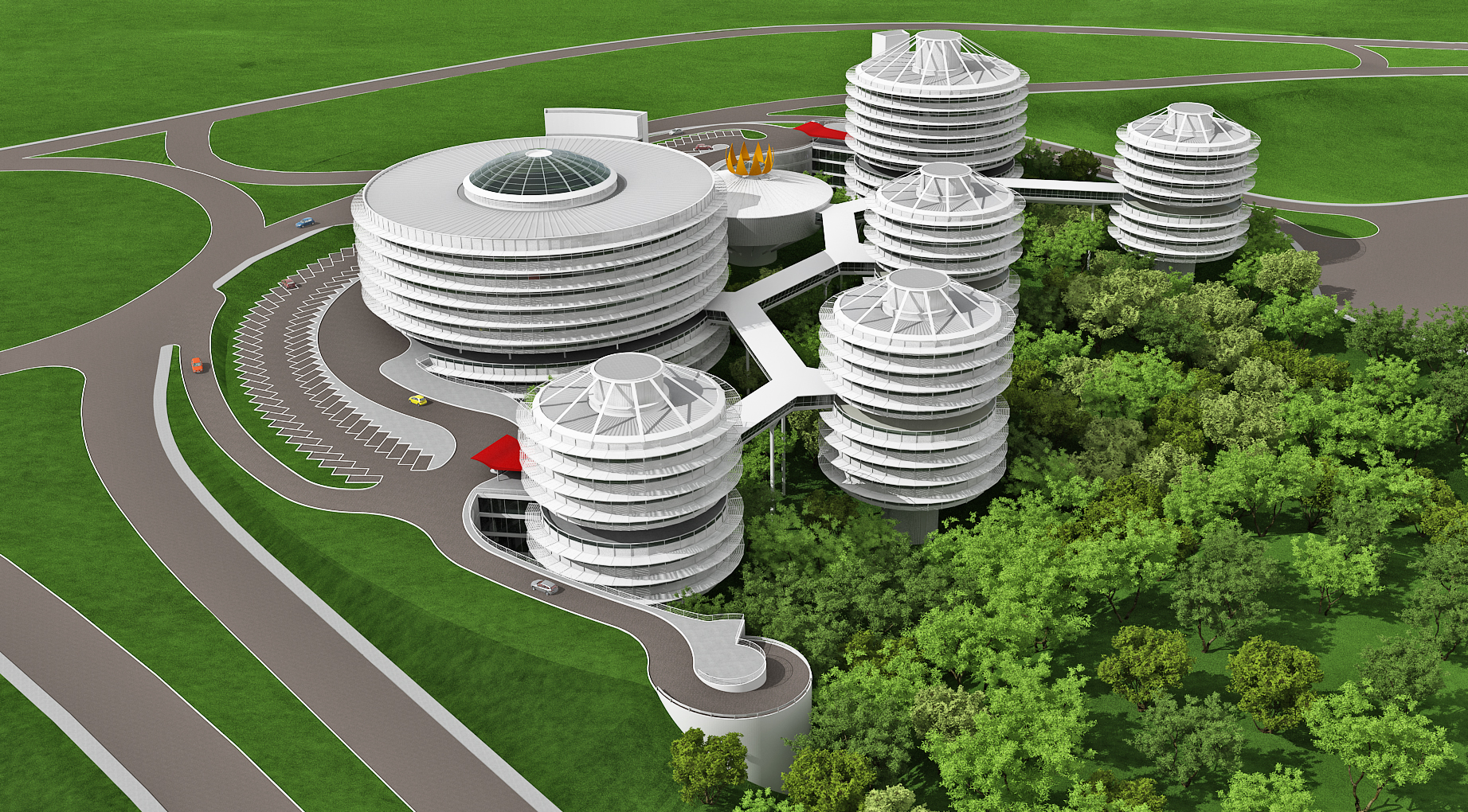
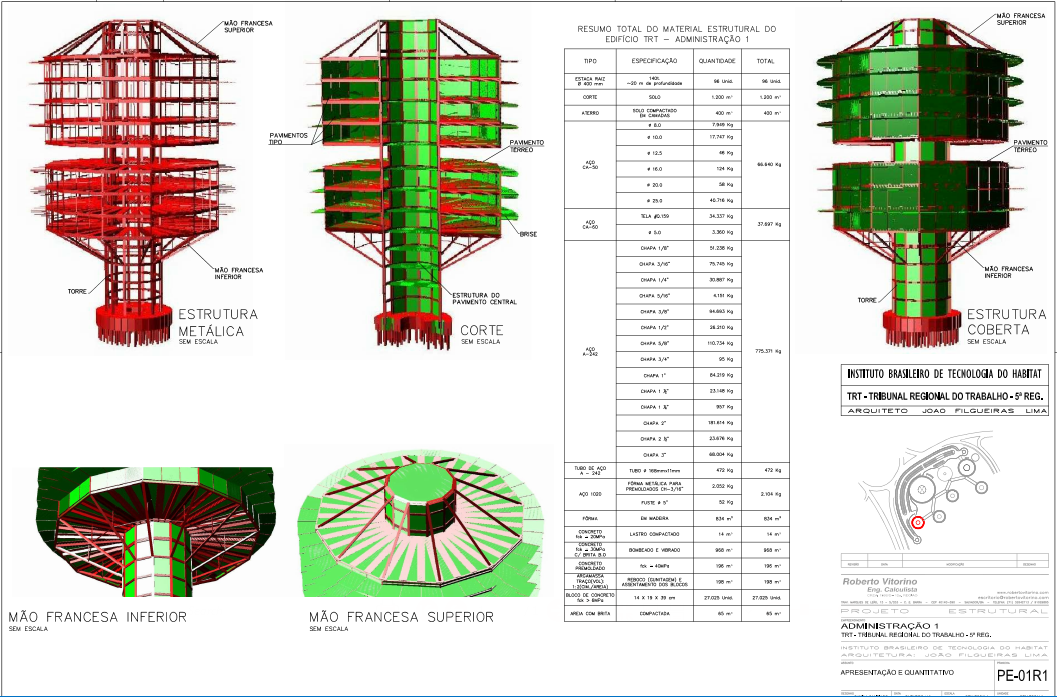
O conceito de BIM
O termo Building Information Model (BIM) aparece pela primeira vez, nesta pesquisa, entre as palavras-chaves do artigo de Nederveen e Tolman (1992). A definição do termo entre os artigos mais citados e que estão no escopo desta pesquisa é de Succar (2009), que usa um trecho de Penttilä (2006).
Succar afirma que BIM é um conjunto de políticas, processos e tecnologias que, interagindo, geram uma metodologia para a gestão, em formato digital, do projeto de uma edificação e de seus dados, durante todo seu ciclo de vida.
Ciclo de vida da edificação
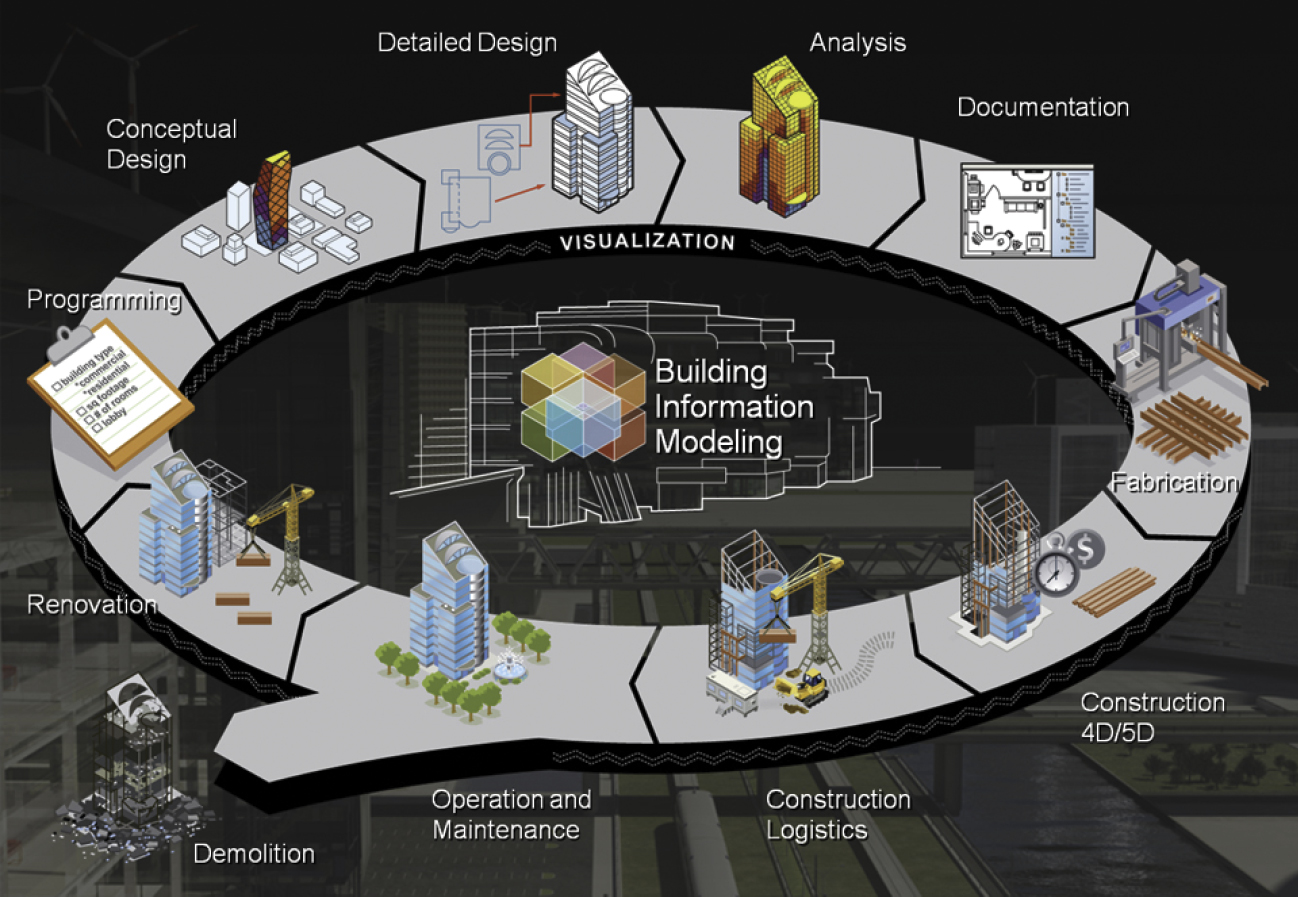
O conceito de BIM
Modelagem da Informação da Construção (BIM) é um conjunto de tecnologias, processos e políticas que permitem aos múltiplos interessados de um empreendimento a colaborativamente projetar, construir e operar uma Facility no espaço virtual.
https://bimdictionary.com/pt/building-information-modelling/1
CARACTERÍSTICAS DOS SISTEMAS BIM
- Organização das informações em um único modelo geométrico digital
- Modelagem paramétrica
- Orientação á objetos (POO)
- Comunicação e colaboração entre os diversos profissionais envolvidos no projeto
- Suporte a todo o ciclo de vida da edificação
CAD x BIM
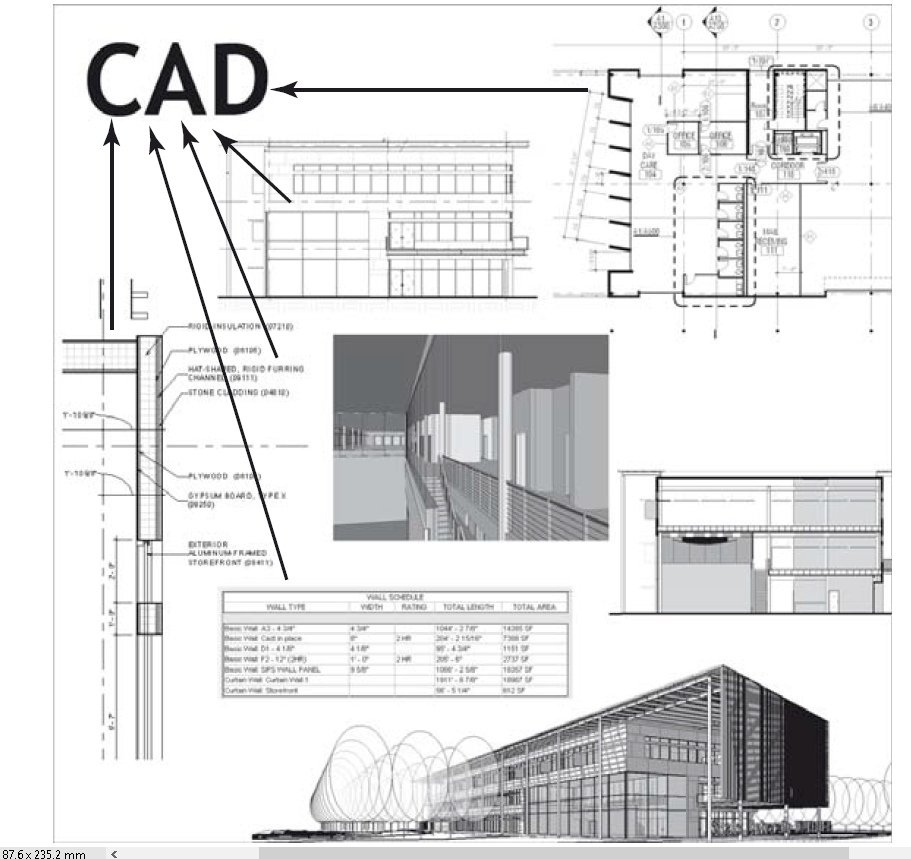
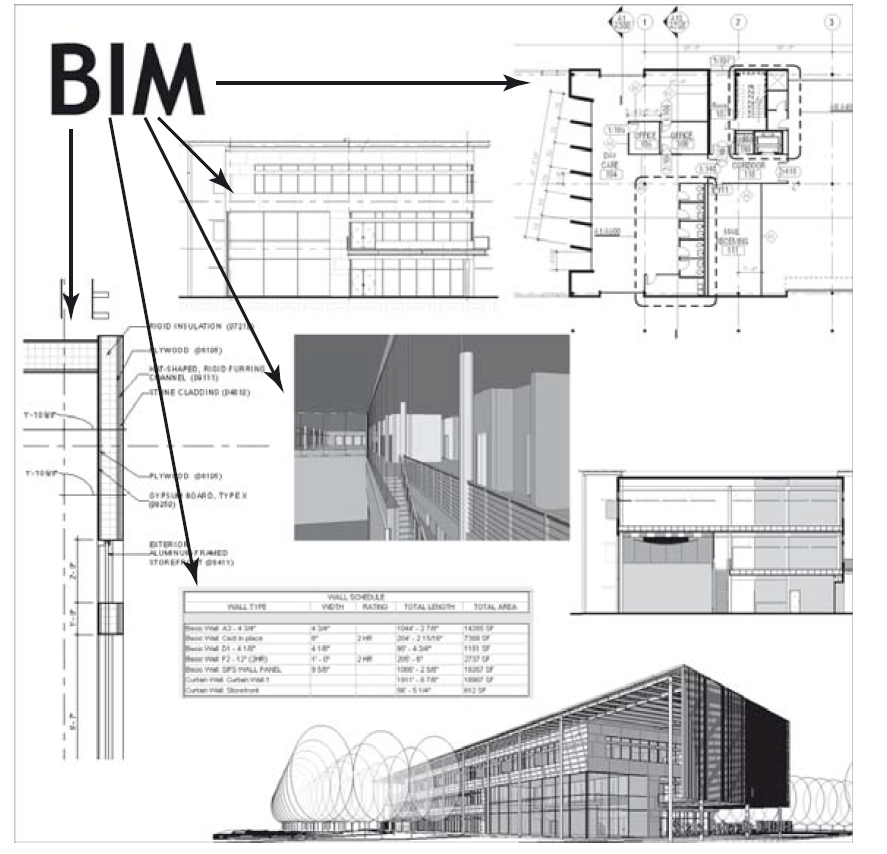
KRYGIEL, E.; NIES, B. Green BIM: Successful Sustainable Design with Building Information Modeling. Indianapolis: Wiley publishing inc, 2008.
CAD x BIM
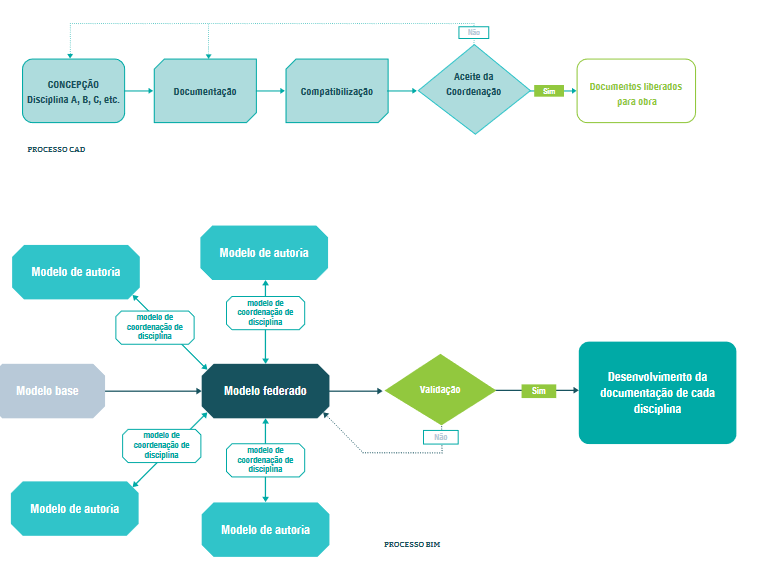
LOD - Level Of development
- LOD 100 - Fase conceitual
- LOD 200 - Projeto em desenvolvimento
- LOD 300 - Documentação para construção
- LOD 350 - Integração das disciplinas de projetos
- LOD 400 - Construção
- LOD 500 - As built - Gerenciamento e manutenções
Alguns editores BIM para Projeto







Curva de MacLeamy
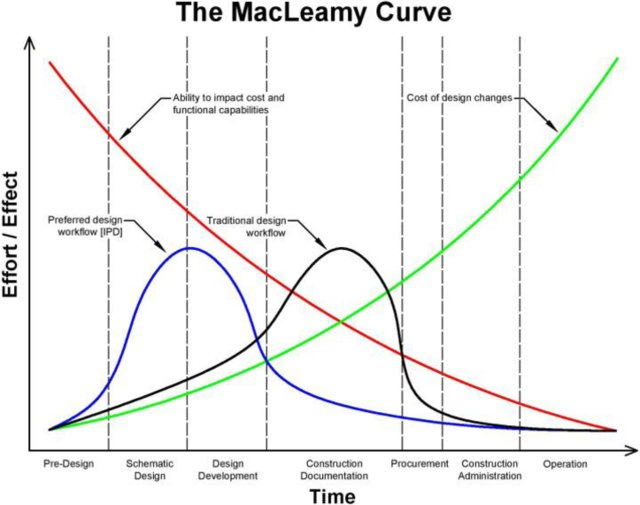
COMPARAÇÃO DO TEMPO USADO NAS DIFERENTES ETAPAS DO PROJETO
COM ADOÇÃO DE DIFERENTES TECNOLOGIAS
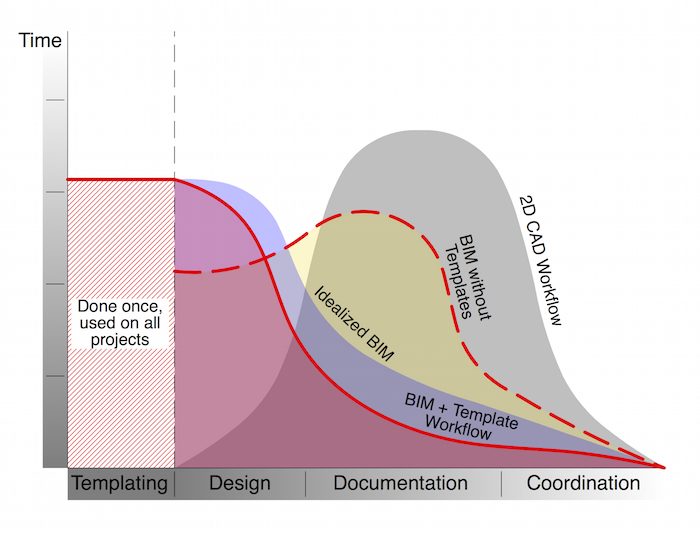
Usos do BIM
Também chamados de dimensões do BIM

Contratação BIM
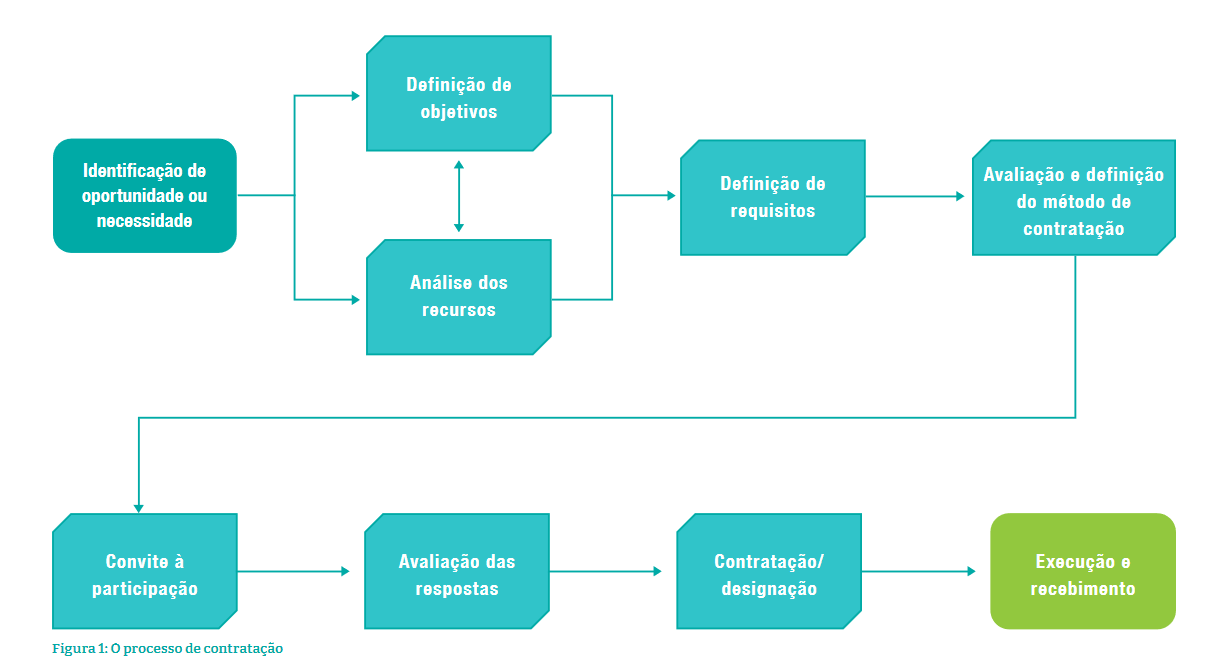
4D e simulação de custos
Níveis de Maturidade do BIM
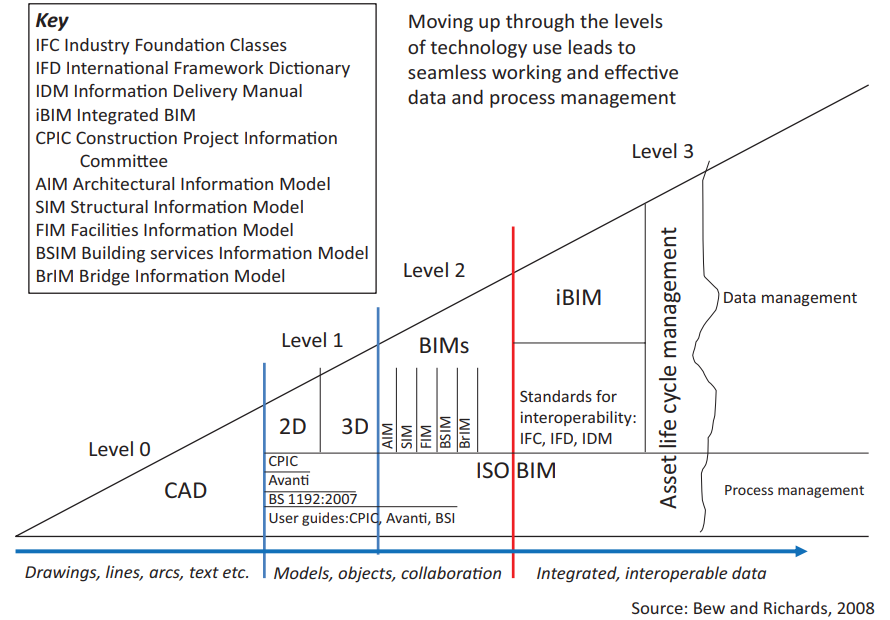
Ambiente comum de ados
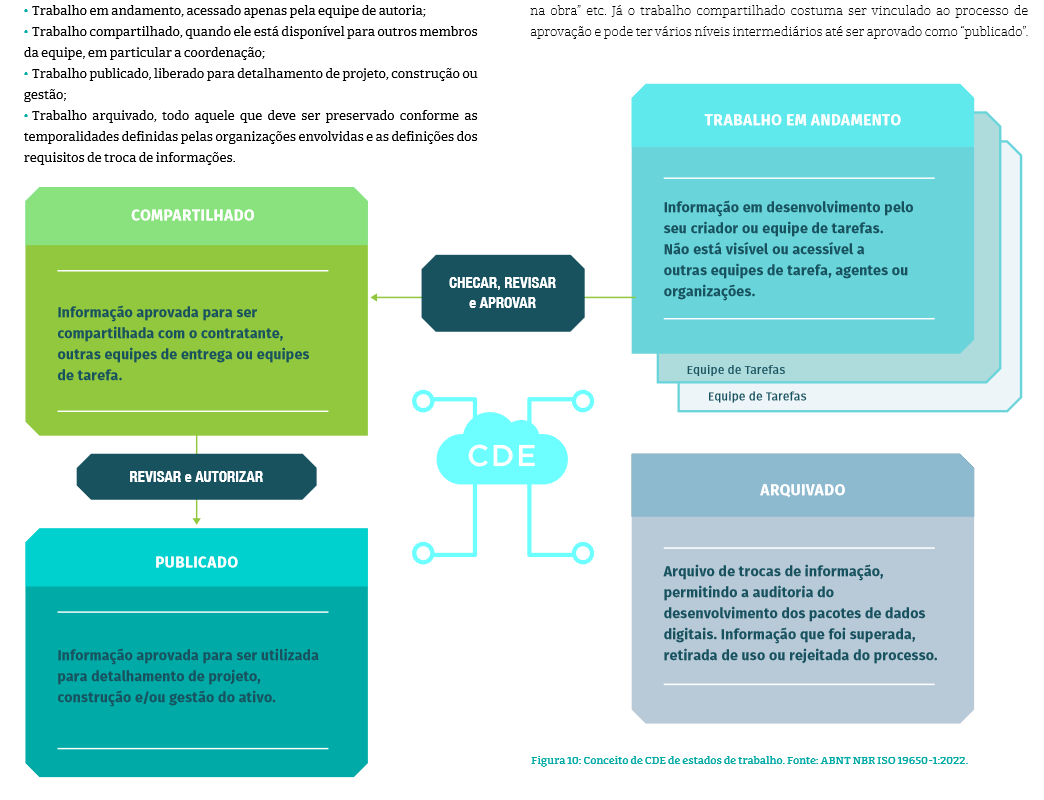
Implementando BIM
Obstáculos para a implementação do BIM
Documentação do processo BIM
- BIM Mandate
- BIM Implementation Plan (BIP)
- BIM Execution Plan (BEP)
- BIM Protocol
- Manual de estilo
https://bimdictionary.com/
Building SMART
Links da buildingSMART
Informações gerias sobre a instituição:https://www.buildingsmart.org
Informações técnicas sobre os padrões mantidos pela instituição:
https://technical.buildingsmart.org
Principais padrões da building SMART
- Um padrão de dados específico para a industria da construção - Industry Foundation Classes [IFC]
- Uma metodologia para definir e documentar processos de negócio e requisitos de dados - Information Delivery Manual [IDM]
- Protocolos de comunicação baseados em modelos, independentes de software - BIM Collaboration Format [BCF]
- Definição interpretável por máquina de requisitos de dados - Information Delivery Specification [IDS]
IFC e OpenBIM
Para tornar o BIM uma plataforma aberta, em 1994 cria-se o Building Smart, grupo técnico responsável pelo desenvolvimento do IFC (Industry Foundation Classes), em 1997, protocolo de organização de dados de arquitetura aberta, uma linguagem comum, utilizada para a troca entre modelos de diversos fabricantes;
No entanto, como existem diversas ferramentas de criação com diferentes mecanismos de se criar a geometria e dados associados, no processo de exportação para IFC, esse mapeamento pode não ser bem identificado. Desta forma, pode ocorrer perda de informação.
https://www.buildingsmart.org/
IFC Schema Specifications
O que é uma parede básica
Revit: Parede com uma ou mais camadas de materiais, em contraposição á uma parede empilhada, que apresenta duas ou mais paredes básicas, uma em cima da outra
Archicad: Uma parede com apenas uma camada, em contraposição à uma parede com mais de uma camada.
IfcWall
IfcWall IFC 4.3.2Estrutura do arquivo IFC
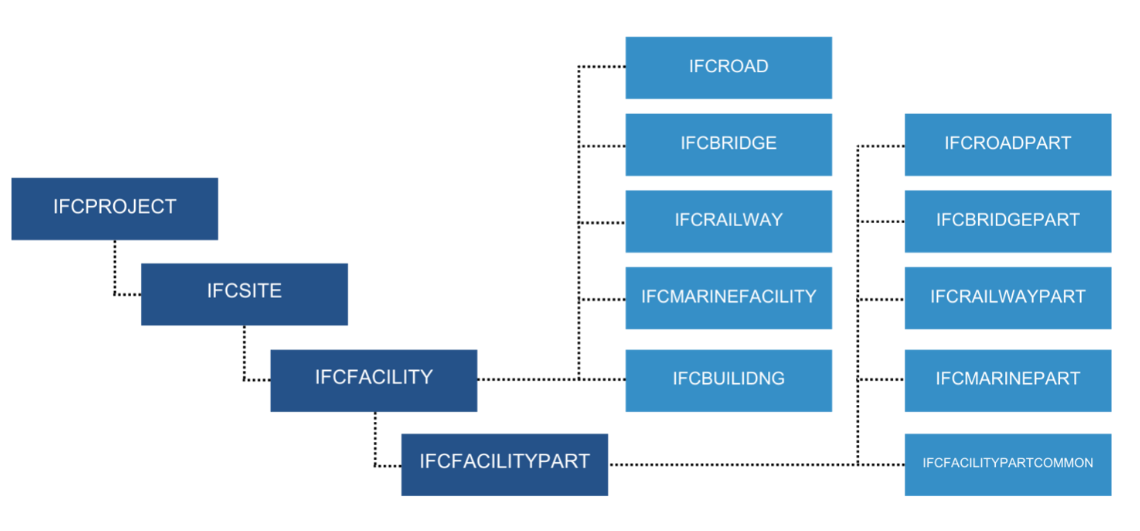 https://bimcorner.com/mastering-spatial-elements-in-ifc-4-3/
https://bimcorner.com/mastering-spatial-elements-in-ifc-4-3/
Conclusão:

https://d.ibtimes.co.uk/en/full/1622009/will-robots-take-over-our-jobs.jpg
Referências:
ALBINO, V.; BERARDI, U.; DANGELICO, R. M. Smart Cities: Definitions, Dimensions, Performance, and Initiatives. Journal of Urban Technology, v. 22, n. 1, p. 3–21, 2 jan. 2015.
CHANG, K.-M.; DZENG, R.-J.; WU, Y.-J. An Automated IoT Visualization BIM Platform for Decision Support in Facilities Management. Applied Sciences, v. 8, n. 7, p. 1086, 2018.
CHEN, L. et al. Estimating Vehicle and Pedestrian Activity from Town and City Traffic Cameras. Sensors, 2021.
REIS, J. et al. Digital Transformation: A Literature Review and Guidelines for Future Research. Em: ROCHA, Á. et al. (Eds.). Trends and Advances in Information Systems and Technologies. Advances in Intelligent Systems and Computing. Cham: Springer International Publishing, 2018. v. 745p. 411–421.
SHANG, Y. et al. Long-term evaluation on urban intensive land use in five fast-growing cities of northern China with GEE support. Scientific Reports, p. 1–14, 2021.
SZOCSKA, M. et al. Countrywide population movement monitoring using mobile devices generated (big) data during the COVID-19 crisis. Scientific Reports, v. 11, n. 1, p. 1–9, 2021.
VIAL, G. Understanding digital transformation: A review and a research agenda. The Journal of Strategic Information Systems, v. 28, n. 2, p. 118–144, jun. 2019.
ZHONG, R. Y. et al. Prefabricated construction enabled by the Internet-of-Things. Automation in Construction, v. 76, p. 59–70, 2017.